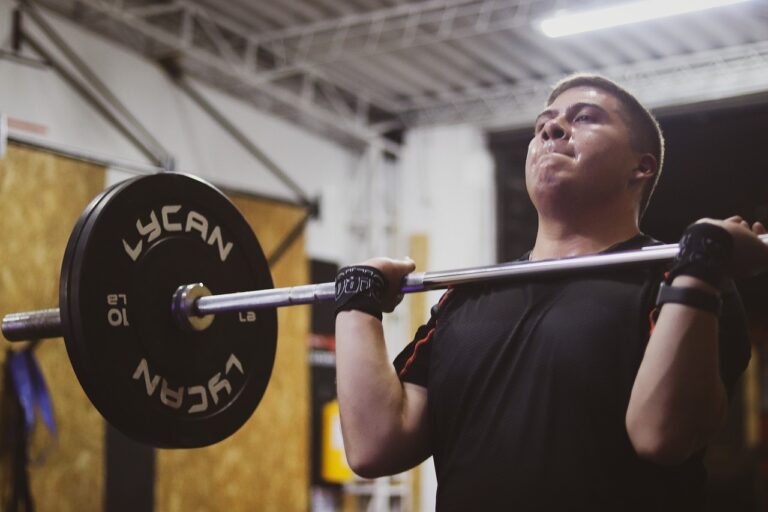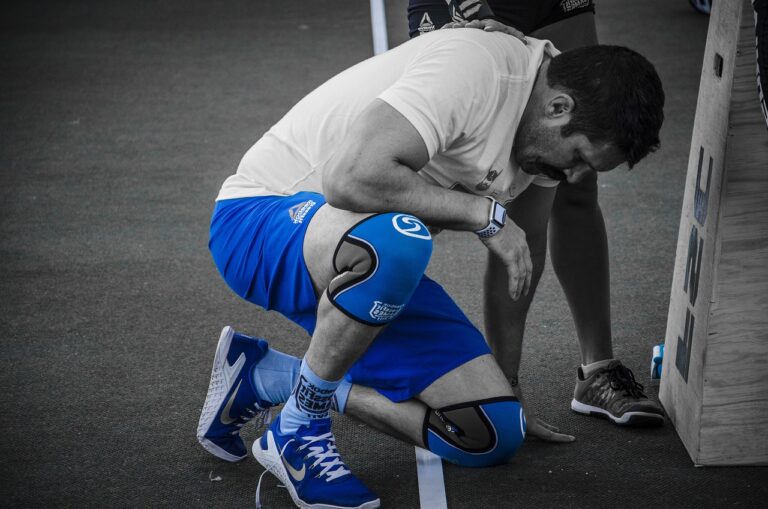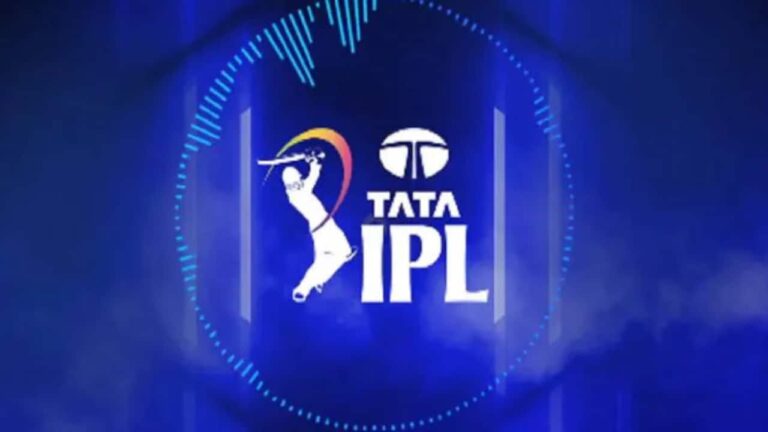Understanding the Role of IPL in Post-Acne Pigmentation
laser 247 book, silverexch com, 11xplay: Understanding the Role of IPL in Post-Acne Pigmentation
Acne is a common skin condition that affects millions of people worldwide. While it can be frustrating to deal with acne breakouts, many individuals also struggle with post-acne pigmentation, which refers to dark spots or patches that remain on the skin after a pimple has healed. These dark marks can be just as bothersome as active acne and often take time to fade away.
One popular treatment for post-acne pigmentation is Intense Pulsed Light (IPL) therapy. IPL is a non-invasive treatment that uses high-intensity light to target specific areas of the skin, including areas affected by post-acne pigmentation. But how exactly does IPL work to improve the appearance of post-acne pigmentation? Let’s dive into the details.
How Does IPL Work?
IPL works by delivering high-intensity pulses of light to the skin. This light energy is absorbed by the pigment in the skin, specifically targeting dark spots or pigmentation caused by acne. The heat from the IPL light breaks down the pigment, causing it to disperse and fade over time. IPL also stimulates collagen production in the skin, which can help improve skin texture and overall appearance.
What to Expect During an IPL Treatment?
During an IPL treatment, a handheld device is used to deliver pulses of light to the skin. Some patients may experience a mild stinging or snapping sensation during the treatment, but this typically subsides quickly. After the treatment, you may experience some redness or swelling, which usually resolves within a few hours to a few days. It’s important to follow your dermatologist’s post-care instructions to ensure optimal results.
How Many IPL Treatments are Needed?
The number of IPL treatments needed to see results can vary depending on the severity of your post-acne pigmentation. Some patients may only need one or two treatments, while others may require multiple sessions for optimal results. Your dermatologist will assess your skin and recommend a treatment plan tailored to your specific needs.
Is IPL Safe for All Skin Types?
IPL is generally safe for all skin types, but it’s important to consult with a dermatologist before undergoing treatment. Individuals with darker skin tones may be at a higher risk for pigment changes or scarring, so it’s crucial to ensure that the treatment is appropriate for your skin type.
Are There Any Side Effects of IPL?
Some common side effects of IPL treatment include redness, swelling, and mild discomfort during the procedure. Rarely, individuals may experience blistering, hyperpigmentation, or hypopigmentation. It’s essential to discuss any concerns with your dermatologist before undergoing treatment.
In conclusion, IPL therapy can be an effective treatment for post-acne pigmentation. By targeting dark spots and stimulating collagen production, IPL can help improve the appearance of acne scars and discoloration. If you’re struggling with post-acne pigmentation, consider consulting with a dermatologist to see if IPL therapy is right for you.
FAQs
1. How much does IPL treatment cost?
The cost of IPL treatment can vary depending on the provider and the number of sessions needed. It’s best to consult with a dermatologist for an accurate quote.
2. How long do the results of IPL treatment last?
The results of IPL treatment can last for several months to a year, depending on how well you care for your skin and protect it from sun exposure.
3. Can IPL be used to treat active acne?
While IPL is primarily used for post-acne pigmentation, it can also help improve active acne by targeting the bacteria that cause breakouts.
4. Is IPL treatment painful?
Most patients report mild discomfort during IPL treatment, but the pain is often tolerable and subsides quickly.
5. Are there any restrictions after IPL treatment?
After IPL treatment, it’s crucial to avoid sun exposure and follow your dermatologist’s post-care instructions to ensure optimal results.







